John Renbourn in Topsham
Vicky and I went down to The Globe Hotel in Topsham last night to see John Renbourn playing an eclectic solo set.


John Renbourn, a while ago, and more recently
I'd last seen him ten years ago, with Robin Williamson, playing in what was basically a large shed behind a pub in Belgium. This time it was in the old malthouse behind the Globe (now a little venue called "The Malthouse", predictably).
The highlight for me occurred about an hour before he actually played. We were slightly concerned that the tickets we'd reserved by phone might get sold if we didn't present ourselves early enough, so we wandered over to see what was happening. The door was locked, but we could hear music - we peered through the window, and there he was, looking a bit like Father Christmas with his white hair and spectacles, soundchecking with one of my favourite songs, "Lord Franklin" - that felt like a real blessing.
He kicked off with something pretty wild and vaguely bluesy, introducing it with the words "Here's a guitar thing". The set included a range of English folk, blues, and jazz numbers, hymn tunes, Irish pipe tunes, a couple of songs from the old Pentangle canon ("Watch the Stars", which he explained Jacqui McShee had learned from Peggy Seeger, and "Lord Franklin"). There was a bit of bluegrass, a Randy Weston piano piece, a Mose Allison song, the jazz standard "Goodbye Porkpie Hat" - seemingly endless diversity. He encored with Bob Dylan's "Buckets of Rain", a song which suits his guitar style perfectly. John Renbourn is a national treasure, and we felt honoured to have seen him play in such an intimate setting from just a few yards away.
When he was playing "Lord Franklin", one of my favourite moments in the history of recorded music came to mind: when the delicately fuzzed-out electric guitar comes in on Pentangle's Cruel Sister version of the song, with Jacqui McShee's vocals floating over the top. I realised that I didn't know whether it was he or Bert Jansch who played that guitar line, so I asked afterwards. It turns out to have been Renbourn playing. He provided further information: Bert was playing a concertina on that, which he'd bought the night before, and never used on any other recordings. His guitar was played through the relatively new "Bosstone" fuzzbox. "If you got it right, it produced a wonderful violin-like sound," he explained, "but a millimetre out, and it sounded horrible!".
Vicky and I had an interesting discussion during the set break. We'd both noticed that during some pieces, as a result of the highly complex and innovative ornamenation he was using, the pieces almost seemed to slip out of rhythm...but we were both well aware that this was a man who could play in time! We came to the conclusion that he's been playing some of these tunes for so many years that he's 'rearranged their innards' (to keep them interesting) to such an extent that the listener must remain incredibly attentive in order to 'follow' what's going on rhythmically. Also, I pointed out, we've become culturally programmed (because of the over-dominance of click-tracks and sequenced music) to expect everything to sit neatly on a rhythmic grid, with any syncopation 'behaving itself' within reasonable limits. Listening to old field recordings of English and Irish folk-singing can challenge such programming, as it often sounds rhythmically 'wrong'. I concluded that, rhythmically, John Renbourn's playing (like his old partner Bert Jansch's singing) is more like this:

outline of a section of basalt colums at The Devil's Postpile, California
than like this:

some chicken wire
...and if you describe a geological formation (or a section of dragonfly's wing, say) as "wrong" and a piece of chicken wire as "right", then your cultural priorities have obviously been distorted to a dangerous extent.


John Renbourn, a while ago, and more recently
I'd last seen him ten years ago, with Robin Williamson, playing in what was basically a large shed behind a pub in Belgium. This time it was in the old malthouse behind the Globe (now a little venue called "The Malthouse", predictably).
The highlight for me occurred about an hour before he actually played. We were slightly concerned that the tickets we'd reserved by phone might get sold if we didn't present ourselves early enough, so we wandered over to see what was happening. The door was locked, but we could hear music - we peered through the window, and there he was, looking a bit like Father Christmas with his white hair and spectacles, soundchecking with one of my favourite songs, "Lord Franklin" - that felt like a real blessing.
He kicked off with something pretty wild and vaguely bluesy, introducing it with the words "Here's a guitar thing". The set included a range of English folk, blues, and jazz numbers, hymn tunes, Irish pipe tunes, a couple of songs from the old Pentangle canon ("Watch the Stars", which he explained Jacqui McShee had learned from Peggy Seeger, and "Lord Franklin"). There was a bit of bluegrass, a Randy Weston piano piece, a Mose Allison song, the jazz standard "Goodbye Porkpie Hat" - seemingly endless diversity. He encored with Bob Dylan's "Buckets of Rain", a song which suits his guitar style perfectly. John Renbourn is a national treasure, and we felt honoured to have seen him play in such an intimate setting from just a few yards away.
When he was playing "Lord Franklin", one of my favourite moments in the history of recorded music came to mind: when the delicately fuzzed-out electric guitar comes in on Pentangle's Cruel Sister version of the song, with Jacqui McShee's vocals floating over the top. I realised that I didn't know whether it was he or Bert Jansch who played that guitar line, so I asked afterwards. It turns out to have been Renbourn playing. He provided further information: Bert was playing a concertina on that, which he'd bought the night before, and never used on any other recordings. His guitar was played through the relatively new "Bosstone" fuzzbox. "If you got it right, it produced a wonderful violin-like sound," he explained, "but a millimetre out, and it sounded horrible!".
Vicky and I had an interesting discussion during the set break. We'd both noticed that during some pieces, as a result of the highly complex and innovative ornamenation he was using, the pieces almost seemed to slip out of rhythm...but we were both well aware that this was a man who could play in time! We came to the conclusion that he's been playing some of these tunes for so many years that he's 'rearranged their innards' (to keep them interesting) to such an extent that the listener must remain incredibly attentive in order to 'follow' what's going on rhythmically. Also, I pointed out, we've become culturally programmed (because of the over-dominance of click-tracks and sequenced music) to expect everything to sit neatly on a rhythmic grid, with any syncopation 'behaving itself' within reasonable limits. Listening to old field recordings of English and Irish folk-singing can challenge such programming, as it often sounds rhythmically 'wrong'. I concluded that, rhythmically, John Renbourn's playing (like his old partner Bert Jansch's singing) is more like this:

outline of a section of basalt colums at The Devil's Postpile, California
than like this:

some chicken wire
...and if you describe a geological formation (or a section of dragonfly's wing, say) as "wrong" and a piece of chicken wire as "right", then your cultural priorities have obviously been distorted to a dangerous extent.
















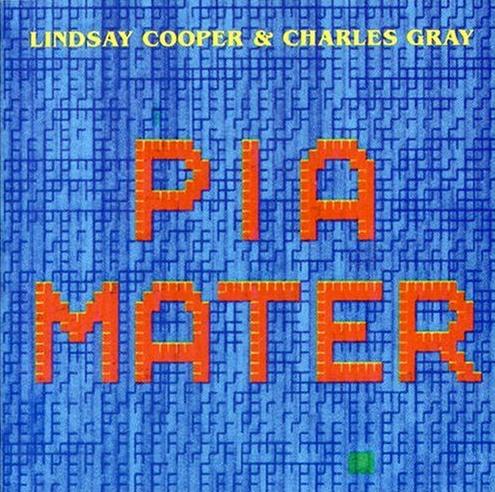




































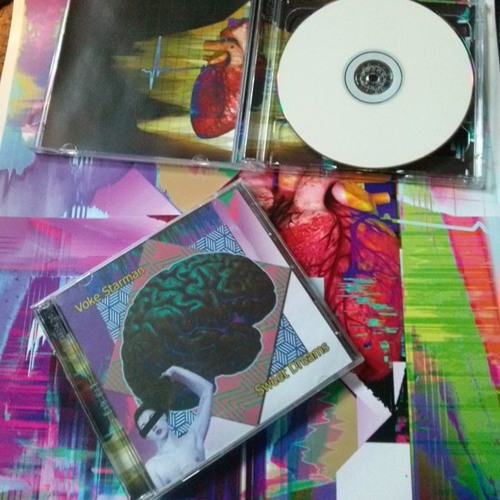



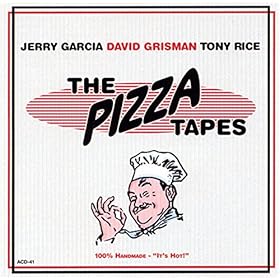

























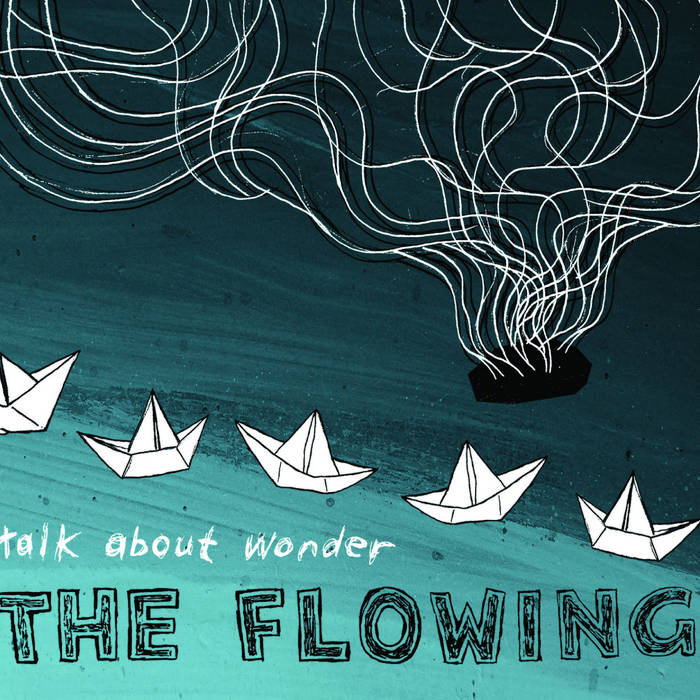












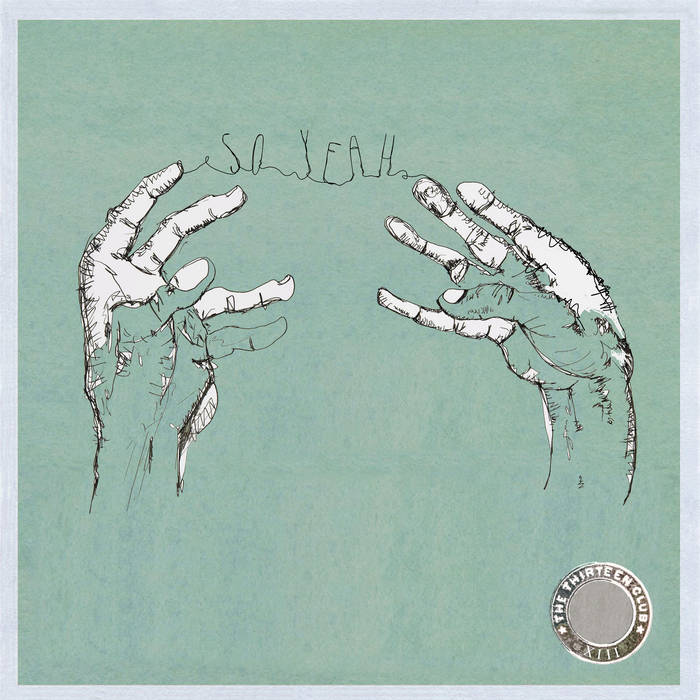







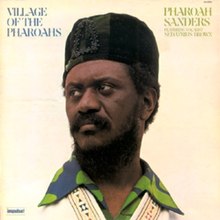











































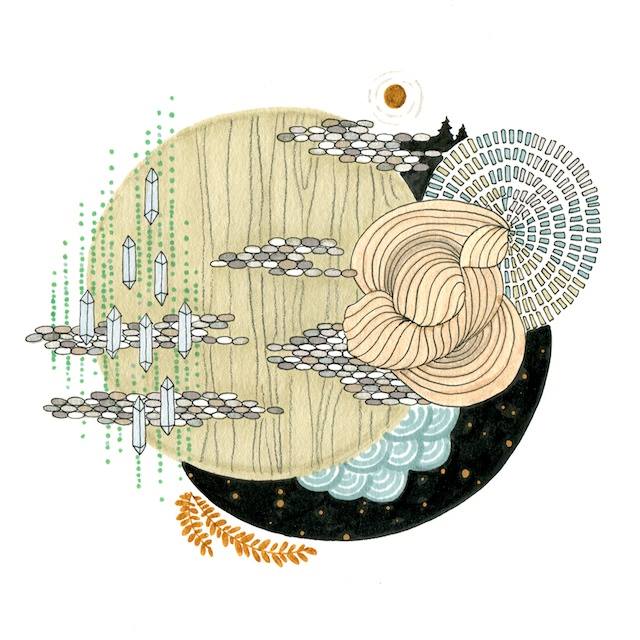





































































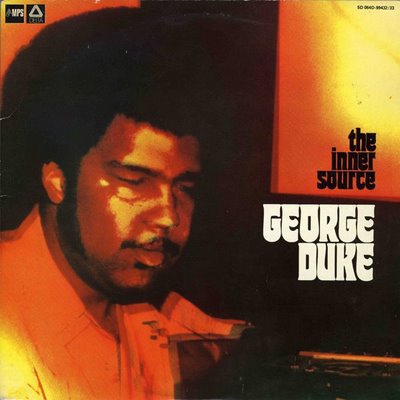












































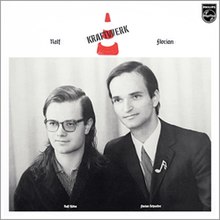


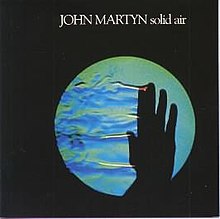




































































































































































































































































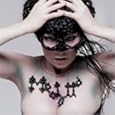














































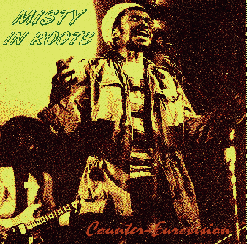





















































































































































































































































































































0 Comments:
Post a Comment
<< Home